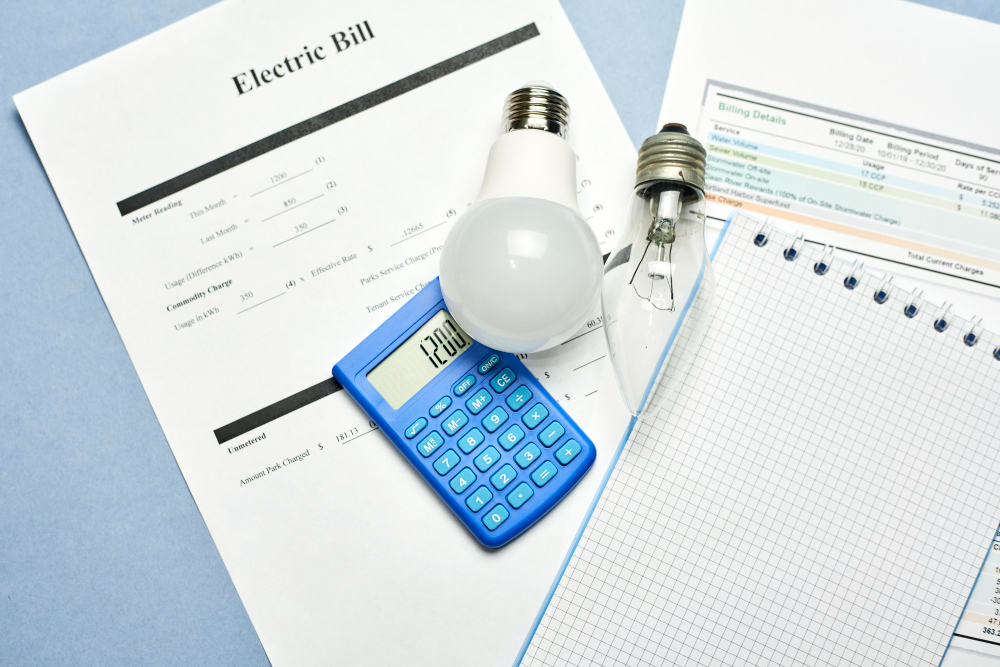Detect Home Energy Leaks Using These 10 Methods
Last updated on March 10th, 2024 at 05:06 pm
Home Energy Leaks are no joke – they waste energy, can be harmful to the environment, and possibly most important to you, they are harmful to your wallet. As you waste energy, you are literraly throwing money away. Nobody wants that.
Here are some ways you can spot home energy leaks around your house or apartment.
Finding Home Energy Leaks with Thermal Imaging
If you have access to a FLIR or similar home energy camera, you can use to find insulation gaps, cold spots, and a whole host of other heating and cooling issues within your home or apartment. The camera works to find energy leaks by looking and mapping out the differences in temperature across different areas. Cooler areas during heating season or warmer areas during cooling season can indicate air leaks.
Incense Testing
On a windy day, move a lit incense stick around windows, doors, electrical outlets, and baseboards. If the smoke wavers, there might be a draft which would indicate a potential energy leak.
Candle Test
Similar to the incense test, move a lit candle around potential leak areas. Watch for flickering flames, which indicate air movement. Obviously don’t put the flame around flammable objects like curtains and other areas.
Energy Audit
You can either hire a professional or do your own home energy audit. An energy audit attempts to look at your whole home, including the appliances and your usage, and maps out where your energy is being spent. A pro will use specialized equipment like blower doors and infrared cameras to detect home energy leaks. Read more about professional energy audits and what a professional energy audit will do.
Visual Inspection for Energy Leaks
Look for gaps or cracks around windows, doors, baseboards, electrical outlets, and pipes. Also, inspect attic and crawl spaces for insulation gaps or damage.
Check Insulation
Inspect insulation in walls, attics, and crawl spaces. Damaged or insufficient insulation can lead to significant energy loss. Insulation may also be bunched due to previous home improvements, which could lead to energy loss and lead to significant home energy leaks.
Door & Window Seals
Doors and windows are opening and closing often, so they can be worn. Check the seals and weatherstripping around doors and windows. Replace any worn-out seals to prevent air leaks, which directly translates to energy leaks. You can also consider adding door sweeps to outside facing doors.
Check Ducts for Energy Holes
Inspect ducts for leaks, especially at joints and connections. Seal any leaks with duct mastic or foil tape. You can also use duct tape to seal home energy leaks in ducts, though foil tape is best.
Inspect your HVAC system
Ensure your heating and cooling systems are properly maintained. Leaky ducts, dirty filters, and inefficient equipment can contribute to energy loss and significant energy leaks. Also older furnaces and air conditioning systems are more prone to energy leaks due to their age and inefficiency when compared to newer systems.
Energy Bill Monitoring
A sudden increase in energy bills without changes in usage patterns could indicate hidden energy leaks. Be on the lookout for this, especially if you use budget billing or balanced payments. The cost will be hidden since they are purposely flattened. Pay more attention to usage in this case than the actual amount.
While these 10 tips are a good start, there is so much more you can do. There is a tradeoff between finding energy leaks versus the amount of money you are willing to spend fixing them. Simple repairs can be done relatively easily and cheaply, such as taping ducts, caulking windows and doors, and stuffing insulation where you find gaps. Others are a little more cost prohibitive, such as replacing windows or upgrading or even replacing your older furnace and air conditioner.



